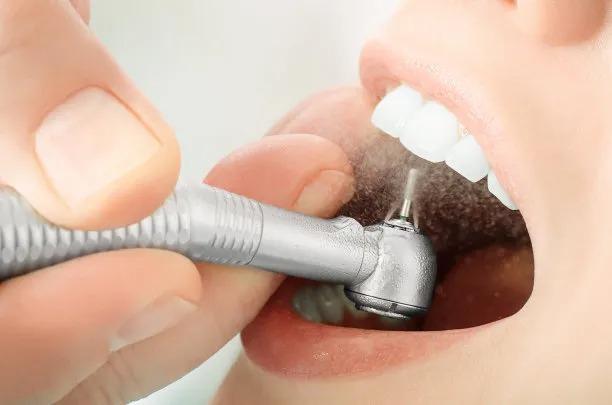The Essential Guide to Safely Extracting a Tooth at Home for Immediate Relief and Care Tips
Summary: This guide serves as an essential resource for anyone facing the possibility of extracting a tooth at home due to dental pain or discomfort. While professional dental care is always the best option, this article provides detailed insights into safely performing the procedure, ensuring immediate relief while minimizing risks. Readers will learn about the necessary preparations, tools required, effective techniques, and immediate post-extraction care tips to prevent complications. By equipping yourself with the right knowledge, you can navigate this challenging situation more confidently and comfortably.
1. Preparing for Tooth Extraction at Home

Before attempting to extract a tooth at home, it is crucial to adequately prepare. Begin by assessing the tooth that needs removal; ensure it is indeed a candidate for extraction and not a dental issue that can be remedied otherwise. Understanding the symptoms and the reason behind the tooths condition can save you unnecessary pain and complications later.
Gather all necessary tools before starting the procedure. This includes sterilized dental tools such as pliers, gauze, and antiseptic solutions. If possible, have a friend or family member assist you during the process, as having someone close by can provide emotional support and extra hands when needed.
Lastly, ensure you have adequate pain relief medication on hand, such as ibuprofen or acetaminophen, as this will help manage discomfort post-extraction. Preparing your environment is also important鈥攍ook for a clean area with good lighting and easy access to your supplies.
2. Necessary Tools for Safe Tooth Extraction
Having the right tools on hand is paramount for a safe tooth extraction at home. Start with a pair of dental pliers specifically designed for tooth removal; these will provide better grip and control. Sterilization is key, so soak the tools in an antiseptic solution before using them to prevent any potential infection.
Additionally, keep gauze nearby as it will be essential for managing bleeding during and after the extraction. A small mirror can also be useful to allow you to see the tooth from different angles. Remember that while you may feel tempted to use makeshift tools, they can cause more harm than good.
Lastly, consider having a local or online dentists contact information ready. In case complications arise, you鈥檒l want to reach out to a professional for guidance or emergency help.
3. Techniques for Proper Tooth Extraction
When the time comes for extraction, ensure you follow a proper technique to minimize discomfort. Begin by numbing the area with ice or a cold pack for about 10-15 minutes to reduce swelling and pain. Afterward, use your pliers to gently rock the tooth back and forth to loosen it. Patience is key here; trying to force the tooth out can lead to broken roots or additional damage.
Grip the tooth firmly, applying steady pressure while continuing to wiggle it. Once it feels sufficiently loose, pull it out with a decisive, firm motion. Be careful not to pull too hard, as this can lead to complications such as fracture or damage to surrounding teeth.
After the tooth has been extracted, inspect the socket for any remaining fragments. If any are found, carefully try to remove them with the pliers. It is crucial to ensure that the area is as clean as possible to prevent infection. Following the extraction, place gauze over the socket to control bleeding, changing it as needed.
4. Aftercare and Managing Complications
After the tooth extraction, proper care is essential for a smooth recovery. Apply pressure to the gauze for at least 30 minutes, and if bleeding persists, continue doing so or contact a dentist. Its normal to experience some swelling; using ice packs can help mitigate inflammation for the first 24 hours.
Pay attention to your diet after the extraction. Stick to soft foods and avoid hot or spicy meals during the recovery. Additionally, stay away from alcohol and tobacco, as they can hinder the healing process. Hydration is key, but be cautious when drinking fluids. Avoid using straws, which can create suction and disturb the healing socket.
If any complications arise, such as excessive bleeding, pain that worsens, or signs of infection, seek medical attention immediately. Prompt response can help prevent further issues and ensure your recovery goes smoothly.
Summary: Extracting a tooth at home can be daunting, but with the right knowledge and preparation, it can be managed safely. From gathering necessary tools to performing the extraction and post-care, proper diligence ensures a smoother process. Remember that seeking professional advice is always best, and being prepared can make all the difference.
This article is compiled by Vickong Dental and the content is for reference only.


